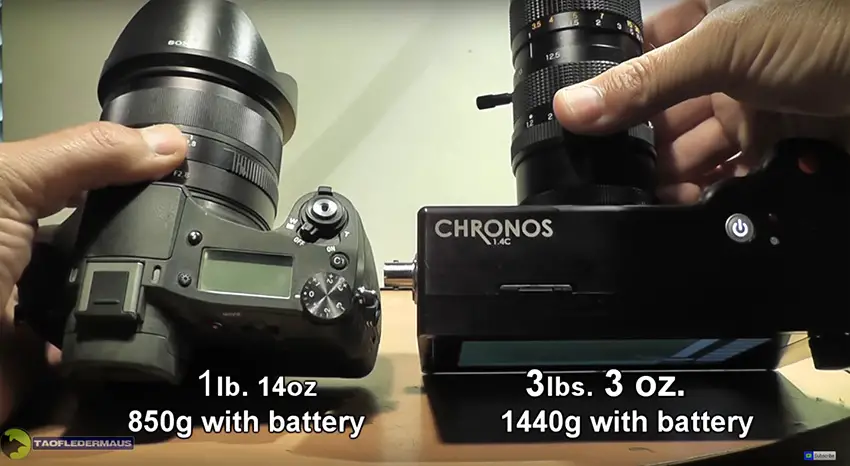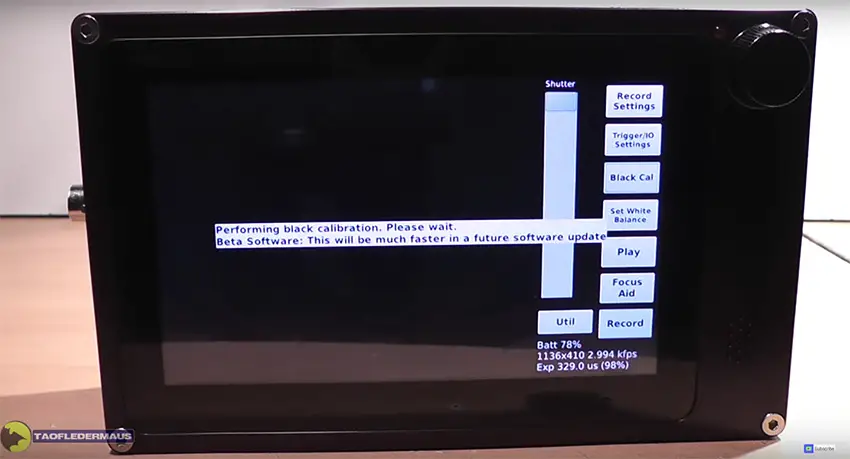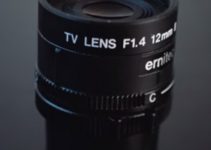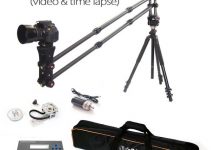Unless you’re ready to shell out somewhere between $100K to $150K for a brand new Phantom Flex4K (depending on the different accessories), the affordable Chronos 1.4C camera priced at just $2,500 seems to be an absolute no-brainer and certainly have attracted the attention of many filmmakers and industry folks. The DIY camera shoots up to 21,650fps at its lowest resolution of 640×96 but is also capable of capturing 1,057fps at 1280×1024. Even though it can’t record a proper Full HD video, the mind-boggling frames per second it’s still capable of at lower resolutions only shows how powerful and versatile this little pocket-sized camera can be once it hit the market.
So, if you want to find out more about the camera, just check out the next video produced by Taofledermaus that walks us through the David Kronstein’s camera prototype which was designed and built from scratch in a home environment.
All in all, the Chronos 1.4C camera boasts a variety of neat features such as touchscreen display, HDMI connection, SD card slot, USB and SATA ports alongside the ability to save RAW video files all packed into a standard DSLR body. The camera can either be powered by a single Nikon EN-El4A battery (lasts 1.75 hours per charge) or through an external power source such as a standard 19V Laptop AC charger.
Furthermore, the unit stores recorded media on an SD card in an MP4 format, plus it can also be triggered remotely. The camera utilizes C-Mount lenses which make it an extremely versatile tool when it comes to lens choices as multiple lens adapters can be used.
Chronos 1.4C Ultra High-Speed Camera Highlights
- 21,650fps at 640×96
- 1050fps at 1280×1024
- C Mount
- Touchscreen display
- 1.4 Gigapixel per second throughput
- Multiple RAM versions
- Internal Recording on an SD card, External Storage Option via USB and SATA interface
- MP4 recording format
- RAW video saving
- No PC needed for operation
- AC Adapter or battery (1.75 hours per charge)
- Weight: 3.3lbs
- Price – $2,500

The boot-up time of the Chronos 1.4C is about 30 seconds, but probably it will be slightly reduced once the final version rolls out. Even though the Linux-based menu system is still in a development stage, it seems to be quite intuitive and user-friendly providing a list of multiple preset resolutions along with easy navigation. Once you trigger recording, the camera pre-records video for 4 seconds (8 seconds with the 16GB model).
Then, you can set mark-in and mark-out points on the captured video to select a particular portion that you want to be stored on the SD card for further convenience in post and better storage space optimization. Just like professional ultra high-speed cameras, you have to perform a “black calibration” on the Chronos 1.4C regularly as well. The process is simple and straightforward and shouldn’t take you more than a few seconds. Just put the black cap on the front of the lens and perform the calibration.

Ultimately, the Chronos 1.4C’s GoFundMe campaign should go up just in just a few weeks time, so it’s exciting to see what’s the future of this passion project, but I’m quite sure that some of the established camera manufacturers are already paying a close attention to the development of the device. Only time will tell, though, whether the Chronos 1.4C project will manage to raise funds and turn into a successful product. Either way, we’ll keep you updated.
[via: PetaPixel, source: Taofledermaus]
Disclaimer: As an Amazon Associate partner and participant in B&H and Adorama Affiliate programmes, we earn a small comission from each purchase made through the affiliate links listed above at no additional cost to you.




what can give me 3000fps at 1080p?